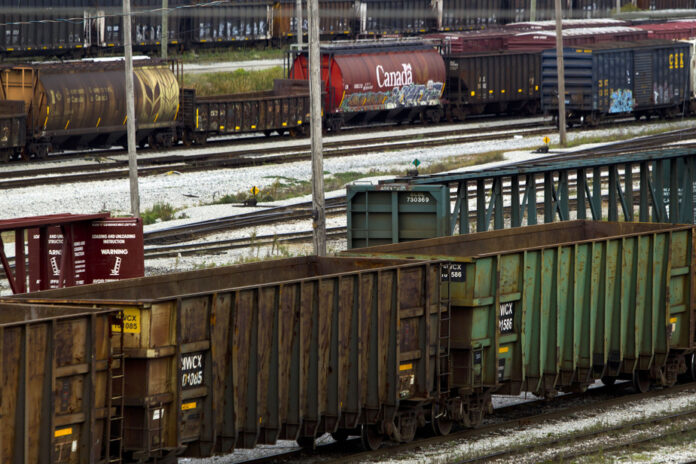Many elements must be evaluated before determining the feasibility of the rail corridor project in northern Quebec to accelerate shipments to Europe, but one thing is inevitable: the 2 billion bill mentioned in the past will be more high. The rationale for the project goes well beyond construction costs, an expert believes.
After receiving the first phase of the feasibility study last July, the Qc Rail railway company must now meet potential investors as well as the stakeholders involved in the railway route, explains its president, Marcel Furlong, who is also prefect of the MRC of Manicouagan.
“The figure of 2 billion is certainly to be revised, he agrees, in a telephone interview with La Presse. Everyone knows that in files like these, the costs are hit because of inflation. We anticipate the same constraints. »
The firms SNC-Lavalin and Norda Stelo are assessing the feasibility of the 370-kilometer section between Dolbeau-Mistassini and the deep-water port of Baie-Comeau, which would thus be connected to the North American rail network. This rail link would relieve congestion on the southern network, and Canadian exporters could ship their goods more quickly. The new railway would reach central Canada over a total distance of 2,570 kilometres.
Qc Rail has not released details of the preliminary phase of the feasibility study. Under questioning, Mr Furlong said the document contained “a few surprises”, but they were not “insurmountable”. The route must take into account several aspects, notably that of protected areas.
In the past, companies such as the Canadian National Railway Company (CN) and Cargill – which operates a grain terminal in Baie-Comeau – have been mentioned as potential partners. At the time of this writing, it had not been possible to get any comments from them.
An expert in transportation planning at the University of Montreal, Pierre Barrieau is not surprised to see Mr. Furlong mention a higher bill.
“The initial estimate had to be based on a kilometric calculation,” he says. We now have something more complete, detailed. It’s like renovating a house: it’s when you open the walls that you get an idea of what it’s going to cost us. »
Mr. Barrieau is categorical: the financial question should not be an obstacle to a serious evaluation of the project.
“Even if it costs three or four billion, it will be cheaper than all the improvements to be made in order to increase rail capacity in the South. Try to add capacity from Saint-Hyacinthe to Salaberry-de-Valleyfield… It’s congested in Montreal. There are bottlenecks everywhere. A bypass would greatly help. »
The expert believes that CN has every reason to be interested in QcRail. This project would allow the largest railroad in the country to expand its footprint. Its great rival, Canadian Pacific, is not present in this region of Quebec, and all companies that set up near the new railway line would use the services of the rail carrier established in Montreal.
Mr. Barrieau also points out that the Port of Baie-Comeau would also be able to accommodate larger bulk carriers than in Montreal, which is an advantage. Montreal facilities would not be threatened by the new rail link since no containers would be transported there. Mr. Furlong has previously told La Presse that Qc Rail will not transport oil. No question, therefore, of providing access to world markets for Canadian crude.
Valued at 15 million, the feasibility study is mainly financed by public funds. The Legault government granted 7.5 million, while 7.45 million came from Ottawa. Innovation and development Manicouagan for its part allocated $50,000 to the project.















